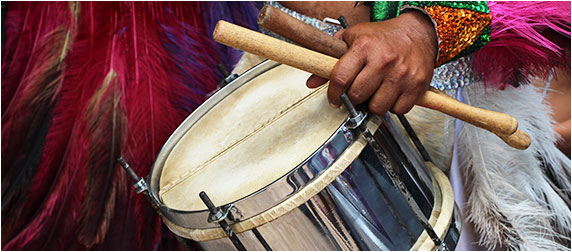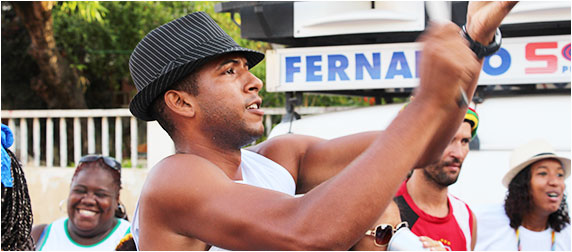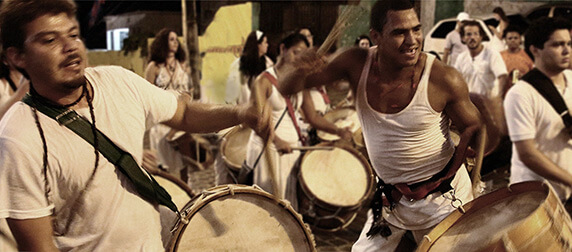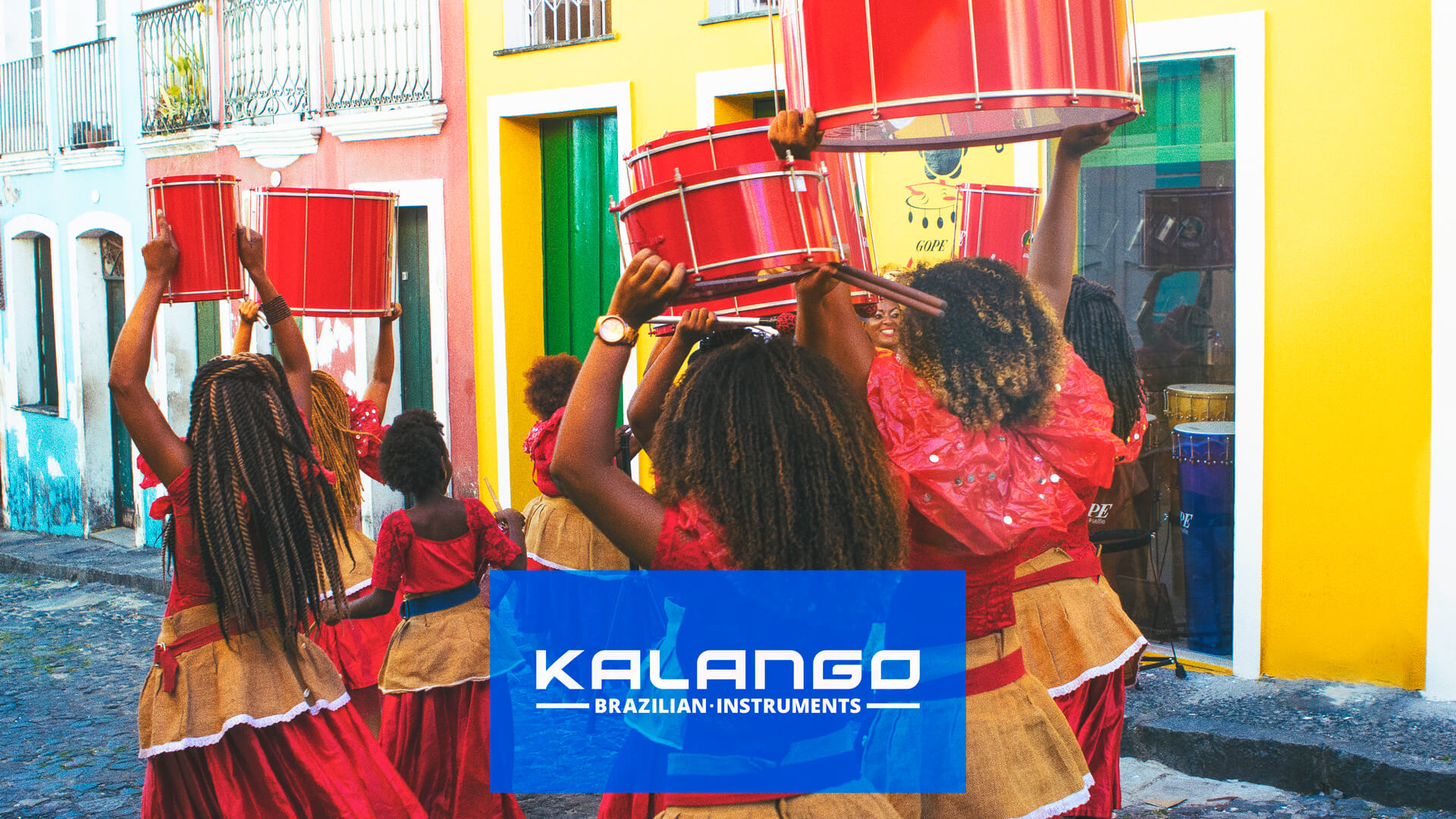Forró
Another very authentic Brazilian style

approx. 1880 - 1958
Forró music exists in Brazil since the end of the 19th century. Originally limited to the north-eastern states, Forró spreads all over Brazil from the middle of the 20th century. It is mainly Luiz Gonzaga who manages to make the Forró and especially the Baião popular all over the country.

1958 - 1962
In the late 1950s, the Forró manages to achieve international popularity having spread to Europe and the USA. But already soon after that, the international interest in Brazilian music concentrates on the Bossa Nova.

1960 - 1985
Together with the immigrants escaping from the drought catastrophies in the Northeast to the big cities, the Forró is brought to the metropoles. Especially in São Paulo the Forró receives fresh popularity from the 60s on. Bars where people dance and party to Forró started to mushroom in particular in the neighbourhoods where the immigrants from the Northeast of Brazil live. From 1962, the new Forró-Universitário-style freshens up the classical Forró: New instruments like the bass and the guitar are introduced. A Pop-version of Forró is born!

1985 - present
Also the big stars of the MPB ( Musica Popular Brasileira) like Gilberto Gil, Gal Costa or Alceu Valença keep flirting with the Forró and sometimes even record a complete Forró album (Valença „Forró de todos os tempos“ 1998, Gilberto Gil „Eu,tu,eles“ 2001). At the beginning of the 21st century, bands from the Northeast became immensely popular with Forró pop songs. Flavoured with loads of synthesizer sound, simple texts and heaps of show, groups like Banda Calypso or Mastruz com Leite made big business. After all, the original Forró from the feet of the mountains (Forró pé de serra) still exists all over the Northeast of Brazil. In their texts people tell the stories of life, the loved ones and the needs and problems of the simple people. Sanfona, Zabumba and triangle are the accompaning instruments.
What does Forró mean?
The term Forró probably has its origin in an expression from the north of Portugal, the Forbodó. In the end of the 19th century, Forbodó was the word for festivities and dance parties of the simple people. According to the legend, Forró is derived from the english “for all”. It is said that during the construction works for the railway tracks in Pernambuco, the English used to invite workers and community members to an after work dance, the Forró. This theory has been disproved.
What is Forró?
Forró is a music style from Brazil´s Northeast. We can use this term for a whole family of related rhythms: Baião, Forró, Xaxado, Xote and Arrasta pé. Arrasta pé („Drag your foot“) received its name due to the peculiar dancing movement: the soles of the feet drag over the floor with each dance step. Forró is a lively, accentuated Baião. Both rhythms formed the guideline for the emergence of the Lambada, which also took over the typical dance style. Xote is a slower rhythm with a very special swing, inspired by Polka and Mazurka. Forró is not only this rhythm family, but also the dance style as well as the festivity at which its music is played and danced. Let´s go to the Forró!
An authentic Forró is played with a zabumba, a triangle and an accordion
Which instruments are used for playing Forró?
For a proper Forró band you need three instruments: a sanfona – a button accordion with originally 8 basslines (or alternatively a regular accordion), a zabumba and a triangle. Sometimes an agogô is added. Usually the sanfona player is also the singer. The design and the playing technique reminds strongly of the davul, a drum with two skins which is played with a beater on the deeper tuned skin and with a slim, elastic, whip-like stick on the higher pitched skin on the opposite side of the drum. The davul is found widespread all over Eastern Europe, the Near East and Northern Africa. The triangles often are differently shaped than the ones we know from Europe.
Oversized triangles
In Brasil, the base of the triangle is a lot wider than the both sides. Like this the instrument is larger and louder and easy to play even in higher speed. In rural areas of northeastern Brazil you will often see simple triangles made of bent pieces of construction steel. In the recent pop- and hit-styled Forró, the traditional instruments still exist. But the soundscape is pimped by modern instruments and effects. Synthesizers, bass, guitars and drumsets produce a sound that rather goes by Bahian 'Axé music' than by the traditional triad of zabumba, triangle and accordion.







